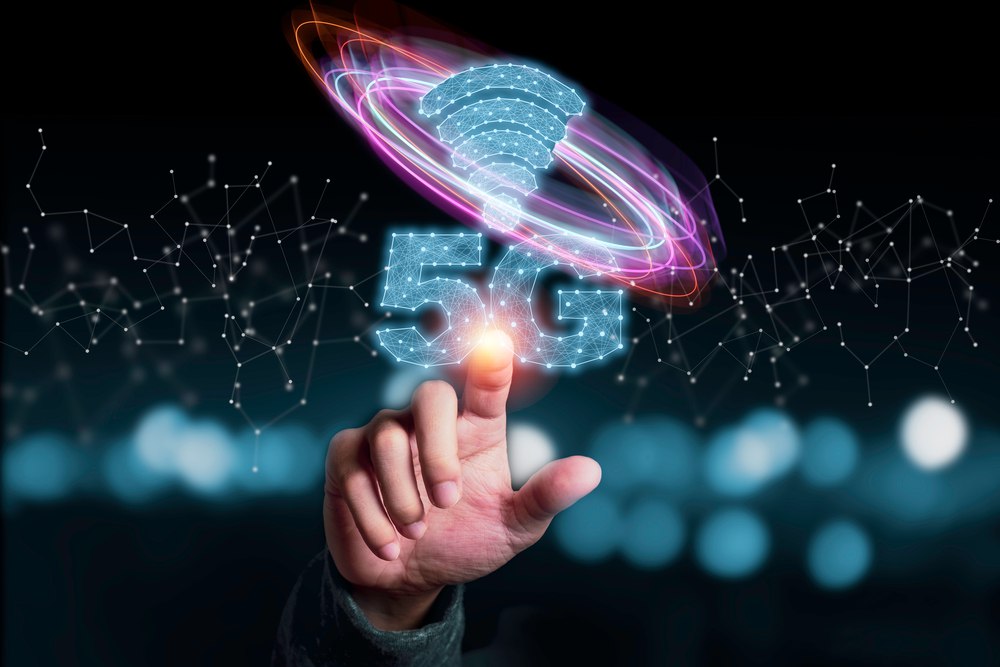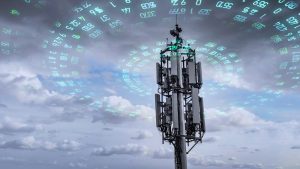The Hype and Reality of 5G: Understanding the Promises & Challenges of the Future of Mobile Networking

5G is the future of networking. Its potent ability to provide heroic data speeds and low latency will be ideal for augmented reality, virtual reality applications, and other technology and digital applications. 5G will change the game according to telcos. But is 5G all they say?
Despite significant marketing efforts from telecommunications companies, the rollout of 5G has been underwhelming to date. Many consumers have yet to experience the full power of 5G. According to a survey by Uswitch, only 17% of respondents in the UK reported being able to access a 5G signal in rural areas. Users worldwide say the current 5G networks have little to no difference compared to the latest 4G networks.
Uswitch telecoms expert Ernest Doku commented that despite the marketing efforts from telecommunications companies promoting 5G’s ultrafast speeds, many consumers had not noticed a significant difference in their everyday experiences. Doku also noted that these issues are prevalent in a technology that is still relatively new.
However, there have been other obstacles to 5G’s success, mainly the low uptake of the network by businesses leading to speculation that 5G might be around for a while before we get to its successor.
5G Network Problems
5G adoption has not just been a problem for consumers but also for enterprise applications such as digital manufacturing and digital twin technology, which should be significant technology users in the future. However, according to Rahim Tafazolli, a professor at the University of Surrey, the adoption of the network is slow because telcos are not working together to achieve a common goal.
He says that companies should help to create meaningful relationships with telcos to handle 5G effectively. According to Professor Tafazolli, mobile operators can better understand and operate 5G technology than vertical industries.
While these industries may have grand plans for 5G applications, they often need more resources and expertise to implement them on a large scale. As a result, there has been some hesitation in adoption. According to Fogg, there is a publicity problem around 5G.
The OpenSignal VP noted that customers had high expectations from what the telcos advertised. This bag of disappointment, according to Fogg, has driven low adaptation of the technology. Fogg also notes that the Customer experience on 5G is notably better than 4G globally.
The Future of 5G
Fogg believes that 5G technology will continue to develop as time goes on, and he notes that each generation of mobile broadband technology is available for around ten years. After some years, the 3GPP (a collaboration between groups of telecommunications associations that work together to develop and maintain global standards for mobile communication) releases new technical specifications to improve the capabilities of a network.
There are four 5G standards, and globally, mobile users are using Release 15, which provides average download speeds nearly five times faster than 4G and twice as fast for uploads. In addition, 5G Release 15 offers around a 35% reduction in video bit rate.
Fogg says that 4G was also in the same situation after its release in 2010. However, ten years have been kind to 4G, and the network is almost living up to its full potential. Fogg anticipates that 5G will take the same route as telcos advance the technology.




